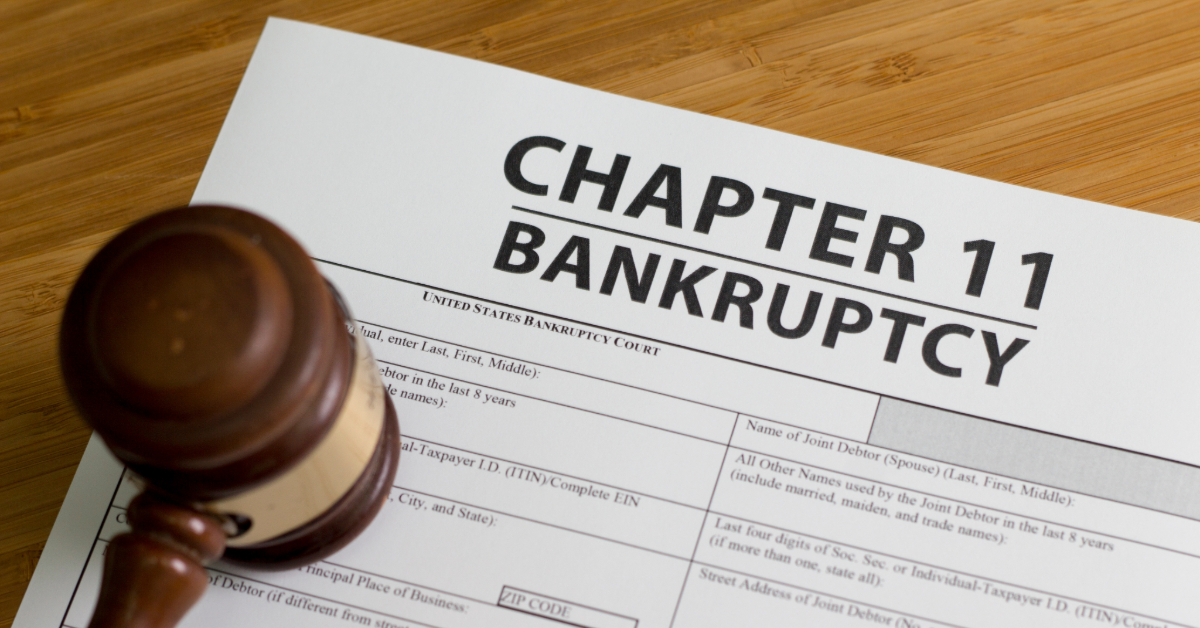
Third Circuit Court Denies J&J’s Talcum Powder Bankruptcy Filing.
What happened?
On Monday, the U.S. Third Circuit Court of Appeals ruled to reject Johnson & Johnson’s years-long attempt to file for Chapter 11 bankruptcy protection with its new subsidiary, LTL Management. This attempt to use a secondary child company to file for bankruptcy was a strategic effort by J&J to pause the proceedings for over 40,000 talcum powder lawsuits, settle the remaining lawsuits all at once through bankruptcy court, and then prevent future lawsuits from being filed.
It’s now up to U.S. Bankruptcy Judge Michael Kaplan to dismiss the case once the Third Circuit panel issues an official mandate to move forward. Shortly after the announcement, J&J released a statement declaring its intention to appeal the decision.
What was Johnson & Johnson’s legal strategy?
The maneuver J&J used to split itself into two companies and file LTL Management for bankruptcy is known as the “Texas-Two Step,” and it has a history of being legally controversial. Under Texas state law, any business residing in Texas is able to split itself into two separate entities with what is called a “divisional merger.”
By completing a divisional merger in Texas, Johnson & Johnson was able to form LTL Management, unload all of its liabilities (including thousands of unresolved talcum powder lawsuits) into its new subsidiary, and then file LTL Management for bankruptcy so that it could take advantage of the automatic stay provided by bankruptcy law.
Once the automatic stay for LTL Management took effect, anyone who J&J still owed became blocked from collecting any further debts from LTL Management, meaning that J&J’s remaining talcum powder lawsuits were no longer able to proceed. After successfully freezing its ongoing lawsuits, J&J hoped to use bankruptcy law to pursue a settlement trust, which would allow it to resolve every remaining talcum powder lawsuit with one large settlement and prevent new claims from being filed.
Why was the bankruptcy case rejected?
Though major companies have previously attempted the “Texas-Two Step” legal maneuver, this was the first time the strategy was ever outright rejected in court. The three-judge panel emphasized a focus on good faith as the basis of its decision, stating that only a person or company in legitimate financial distress could take advantage of the benefits offered by bankruptcy law.
“We start, and stay, with good faith. Good intentions— such as to protect the J&J brand or comprehensively resolve litigation— do not suffice alone. What counts to access the Bankruptcy Code’s safe harbor is to meet its intended purposes. Only a putative debtor in financial distress can do so. LTL was not. Thus we dismiss its petition.” — U.S. Third Circuit Court of Appeals
You may also like
Johnson & Johnson to Pay $150 Million in Washington Opioid Lawsuit.
What Happened? Four years after the state of Washington sued Johnson & Johnson in 2020 for its k
Judge Orders Johnson & Johnson to Begin Discussing Damages.
After a second attempt at filing bankruptcy to avoid compensating cancer victims of its talc-based b
Kenyan rights group sues Johnson & Johnson over toxic Baby Powder.
A rights group in Kenya is suing Johnson & Johnson over the sale of its talc-based baby powder. Acc





